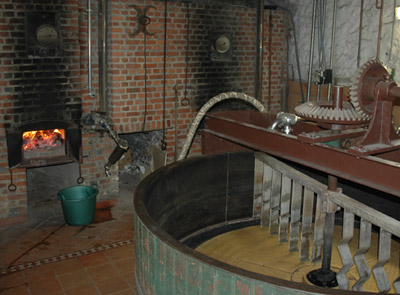Geez, take a few days to go drink beer with homebrewers (the National Homebrew Conference) and all kinds of interesting discussions break out related to our access to better beer.
First there was this: The long tail of the alcohol distribution curve in a business innovation blog.
That lead to this interesting post: Did the Long Tail just become a hit, or did it jump the shark, or is it just mainstream now?
And this one from the Long Tail itself, which might help you understand more about the “long tail” concept. (Daniel Bradford also wrote about this in his editorial in the May issue of All About Beer Magazine.)
If you’ve got this far and not clicked yet then much of this is summarized by Jay Brooks before he adds lots of thoughts of his own. It’s hard to comment on Jay’s post – other than to note he obviously has too much time on his hands – because he touches on many subjects I’d like to agree, and sometimes disagree, with him on.
So to stick with one: When he writes “we must act as a cohesive group” you may not be sure how that might include you.
Stone Brewing co-founder Greg Koch put the responsibility for keeping great beer available for all of us – and making it available to still more – on all of us. If his keynote address gets posted online somewhere I’ll add a link. For now, a quick summary from memory (disclaimer: I was drinking Stone IPA at the time, having judged beers all morning).
If you go into a restaurant, bar or beer store that isn’t offering the beer you want then demand that they do – or at least some other great beer. Remember you are the one who gets to define what a great beer is – not a fast-talking distributor.
Don’t serve your friends “stepping stone” beers because they are have more flavor than mainstream but not as much as those you like because you fear your friends (and relatives) can’t handle that much. Koch used the example of ordering a keg of beer for a wedding. Serve them great beer and they’ll thank you for it.
The access to market issues that Jay concludes his post with are real – in fact, I heard some other scary tales over the weekend – but there’s still a grass roots element to the Great Beer Movement (notice how we’ve moved up from better beer to great beer?).
That’s our part.
